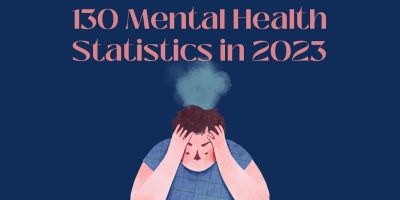
130 Mental Health Statistics in 2024
Uncover the pressing realities of mental health through insightful statistics, highlighting the urgent need for comprehensive support and awareness.

People from all walks of life and different socioeconomic statuses can be affected by depression. Analyzing and understanding the impact reflected in the most recent depression statistics will help raise mental health awareness and reduce stigmatization.
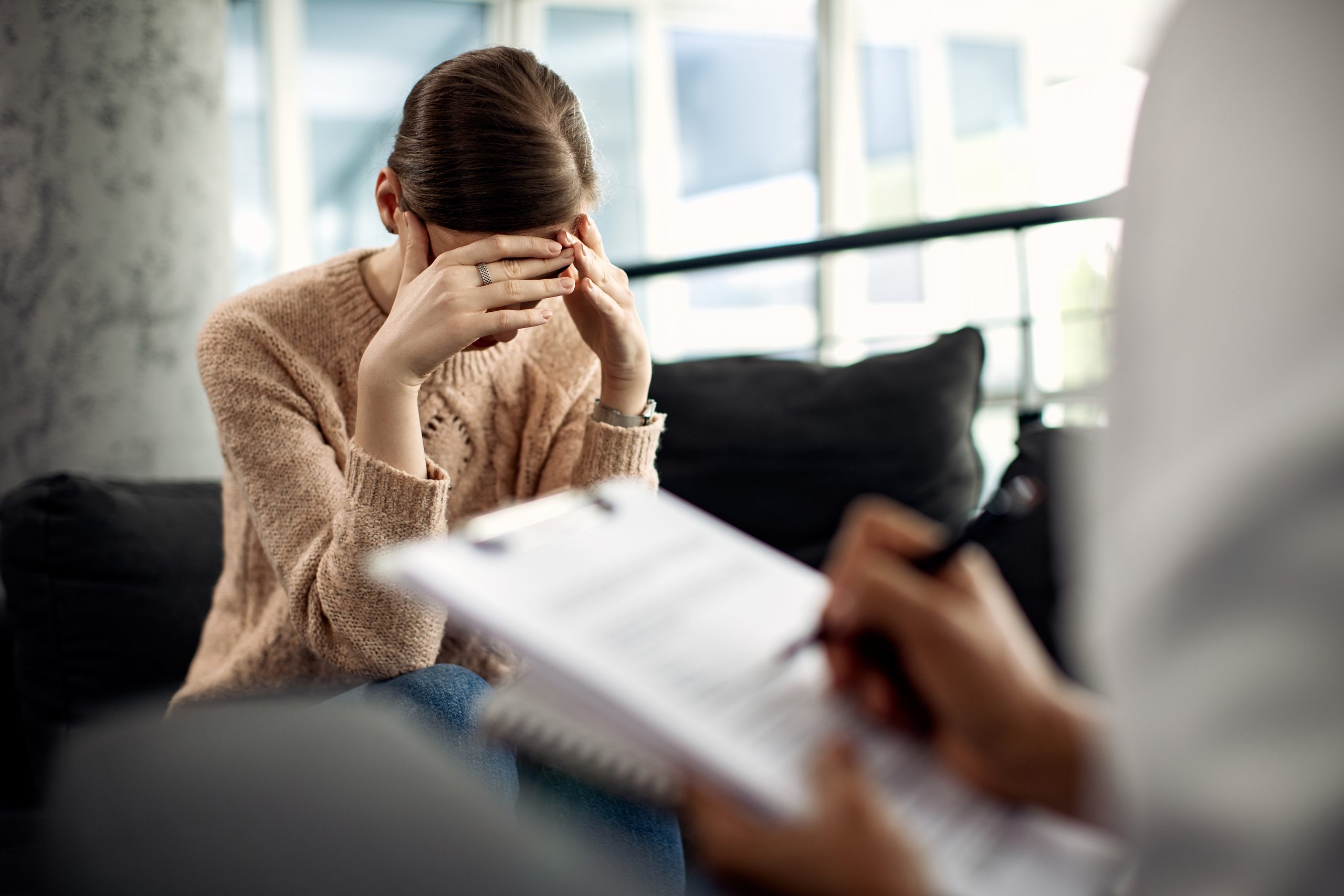


Browse our curated list of vendors to find the best solution for your needs.
Subscribe to our newsletter for the latest trends, expert tips, and workplace insights!

Uncover the pressing realities of mental health through insightful statistics, highlighting the urgent need for comprehensive support and awareness.
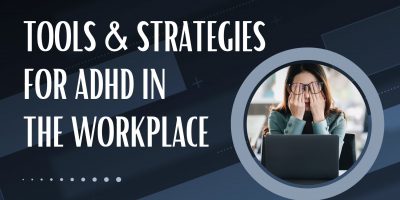
To say that ADHD in the workplace is intricate would be an understatement. Explore what ADHD means for all involved parties and the best tools and strategies for ADHD in the workplace.
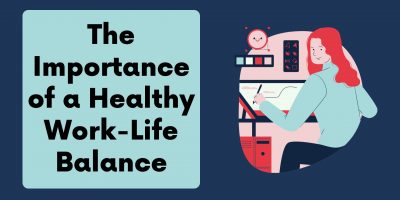
Understand the significance of maintaining a healthy work-life balance for overall well-being and long-term professional success.
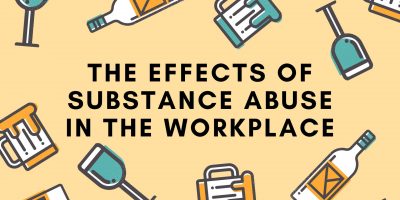
From decreased productivity to poor workplace relationships – gain insights on recognizing, addressing, and mitigating the consequences of substance abuse at work.
Used by most of the top employee benefits consultants in the US, Shortlister is where you can find, research and select HR and benefits vendors for your clients.
Shortlister helps you reach your ideal prospects. Claim your free account to control your message and receive employer, consultant and health plan leads.